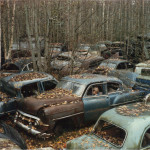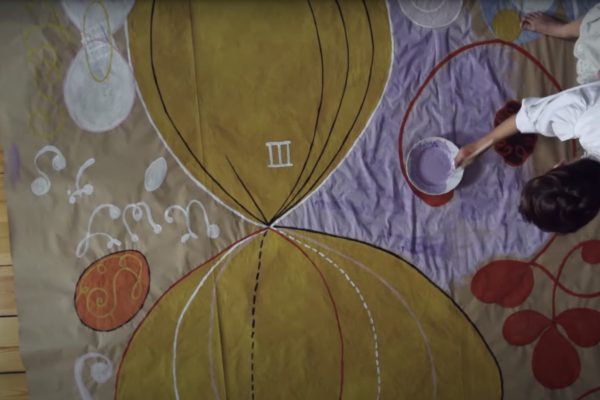
Ask someone to describe Swedish interior design and they’ll probably give you a one word answer: IKEA. But here’s another word: kakelugn. No, it’s not the name for another ready-to-assemble IKEA product line, but rather, the exquisite and unique tiled stoves found in homes throughout Sweden since the 18th century. Looking like giant elaborate chess pawns, the floor-to-ceiling structures are typically cylindrical or rectangular, covered with hand-painted ceramic tiles featuring flowers or filigree made to match a room’s decor. Some are more elaborate in their Rococo style, and some are more understated, but these tiled beauties aren’t just overdressed fireplaces. In case you’re curious, here’s a little backstory on the one Swedish household staple that IKEA couldn’t mass produce…
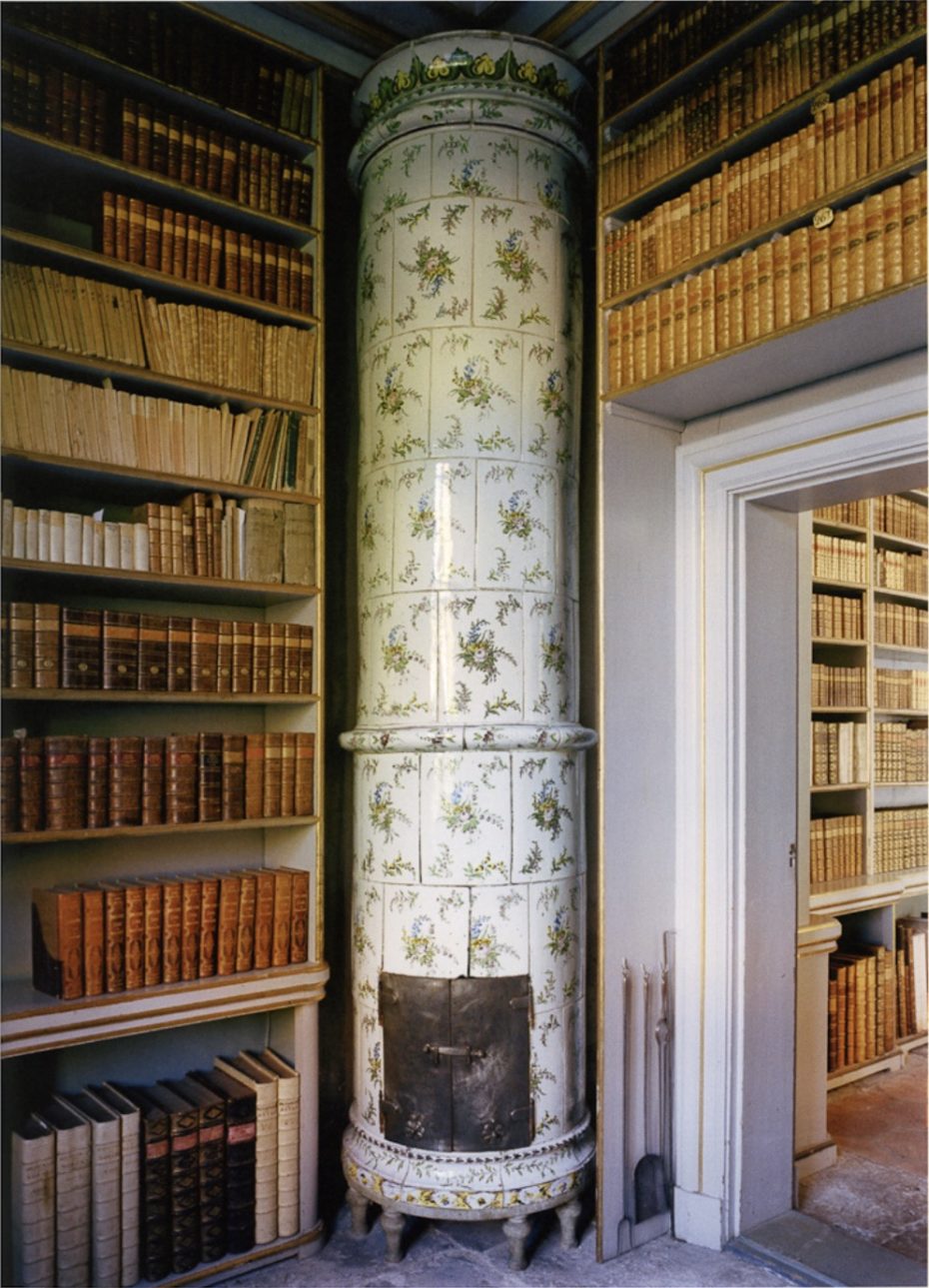
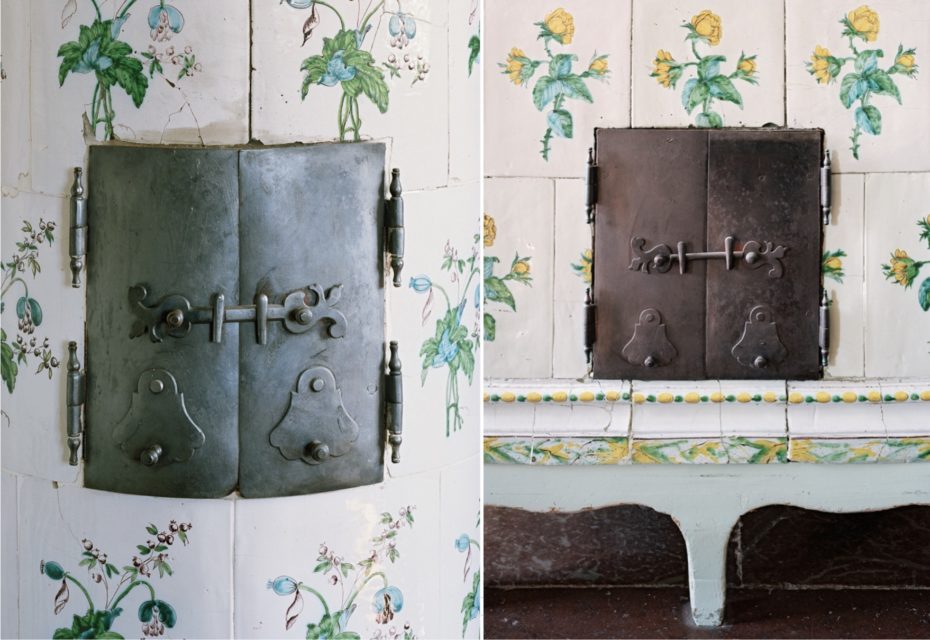
In the early 18th century, Scandinavia had a big problem. It was running out of wood. The booming iron industry had depleted forests in North Eastern Europe, resulting in a mass shortage of firewood. And in a climate as cold as Scandinavia’s, the problem quickly became a crisis. The government scrambled to come up with a more fuel-efficient solution; something modern, but something that also wouldn’t look ghastly and out of place amongst the Sweden’s elite country estates.
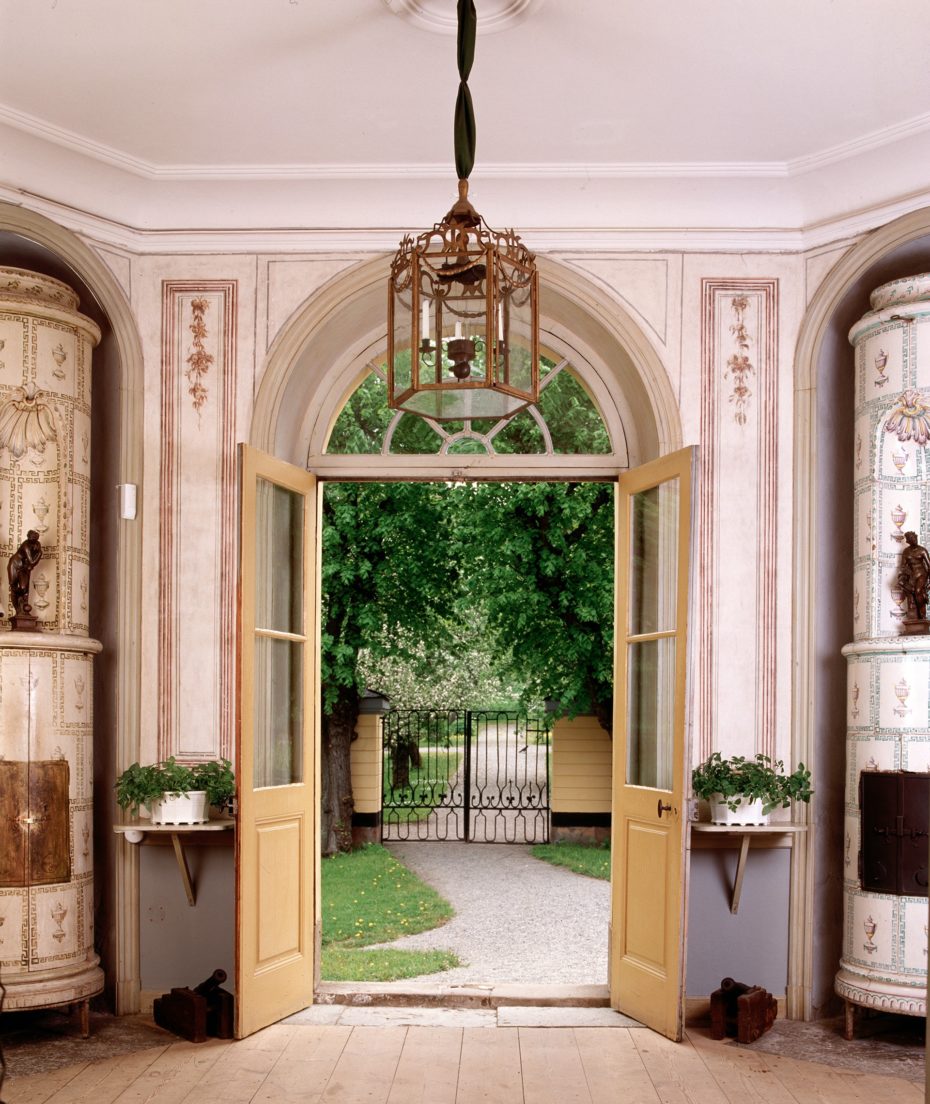
Enter Carl Johan Cronstedt, inventor and architect who redeveloped the traditional stove and made them almost ten times more efficient at storing and radiating heat. The Kakelugn in Swedish, sometimes referred to as cocklestoves, were a revelation. Thanks to Carl, in the 19th Century, Sweden had the best heated houses in Europe. People no longer had to huddle around the stove for warmth and replace the firewood several times a day. One small fire kept a room warm for up to 12 hours, so you only need to make a fire twice a day.
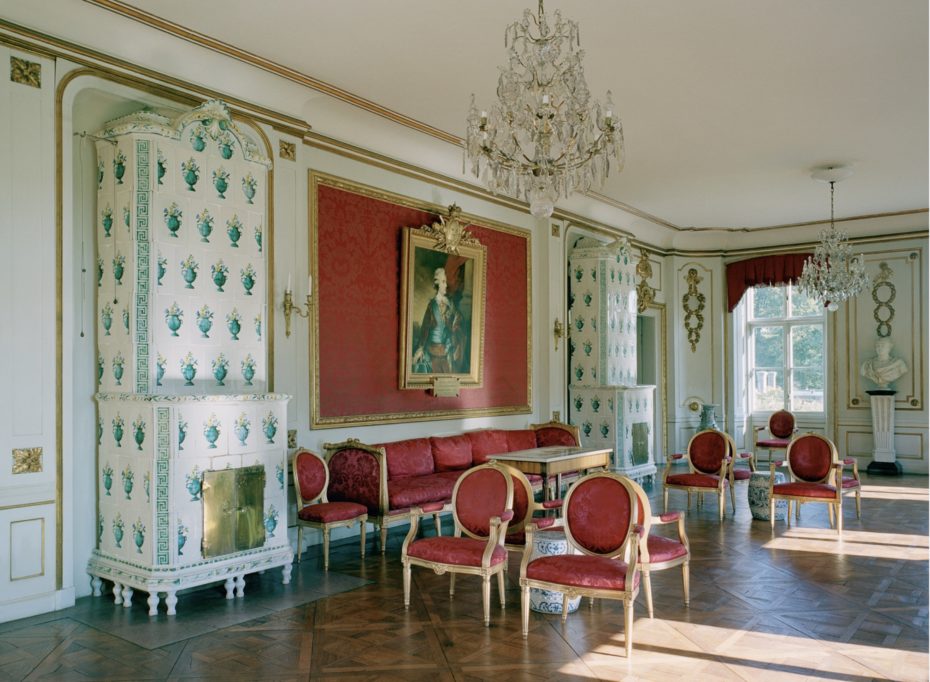
Of course initially, this futuristic new eco-friendly “technology” was only affordable to Sweden’s upper class, and wealthy estates equipped every room with the elaborately decorated porcelain stoves, proudly displaying them with their own dedicated niches. The Marieberg faience factory in Stockholm became famous for producing the most luxurious hand-painted stoves, but eventually, most Swedish households had at least one Kakelugn.
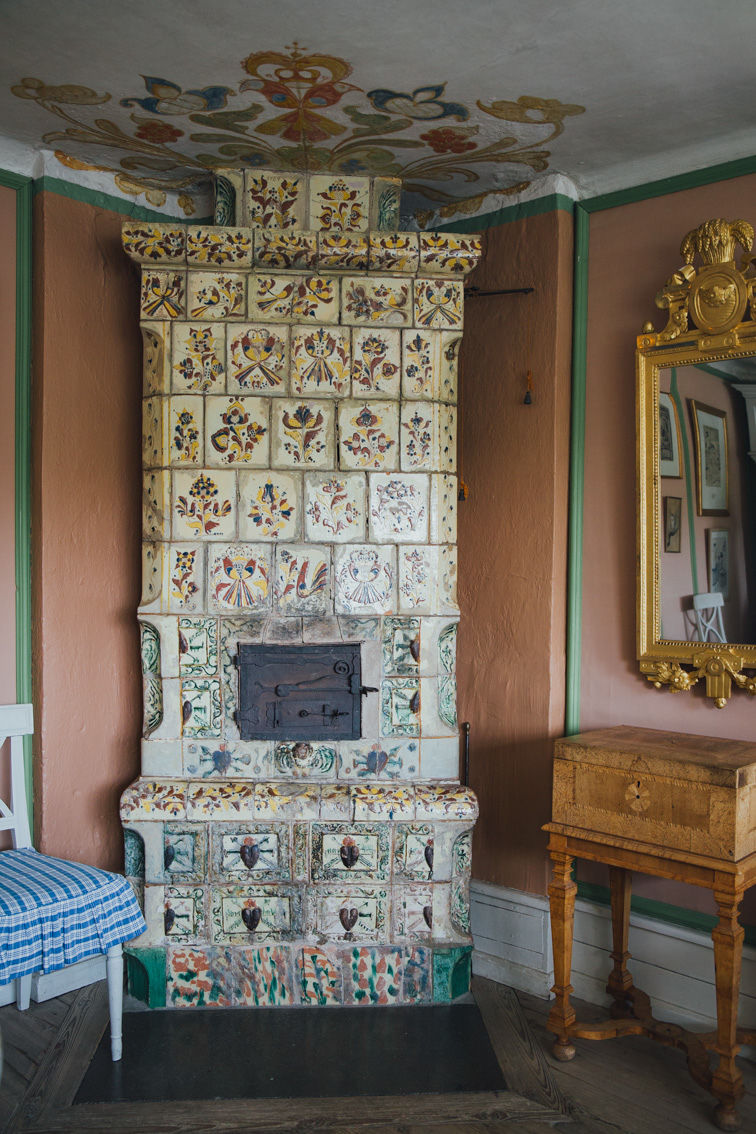
During the 20th century, many Kakelugn were sadly destroyed post-war to make way for central heating but today, Swedish tile stove renaissance is seeing collectors line up for rescued examples and prompting several companies to manufacture new tiled stoves. Lindholm Kakelugnar sells some beautiful stoves inspired by their original antique design and offers a selection of stoves manufactured from the 1860s to the 1920s. Michael Perlmutter is an architectural photographer who has documented some of the finest examples preserved in Sweden’s finest country estates and produced a book dedicated to their aesthetic. It’s also incentive to create a bucket list for visiting Sweden’s castle’s and house museums.
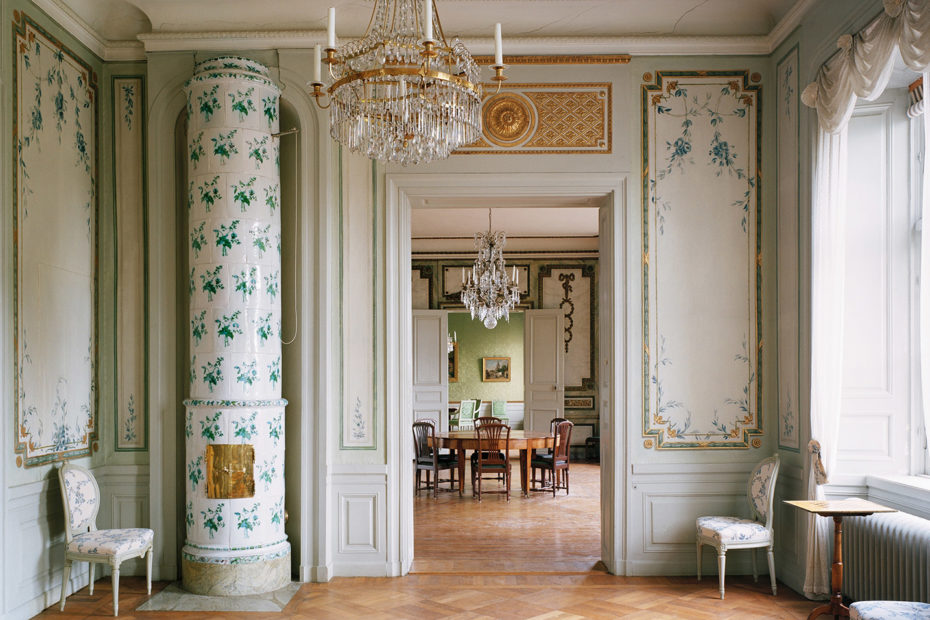
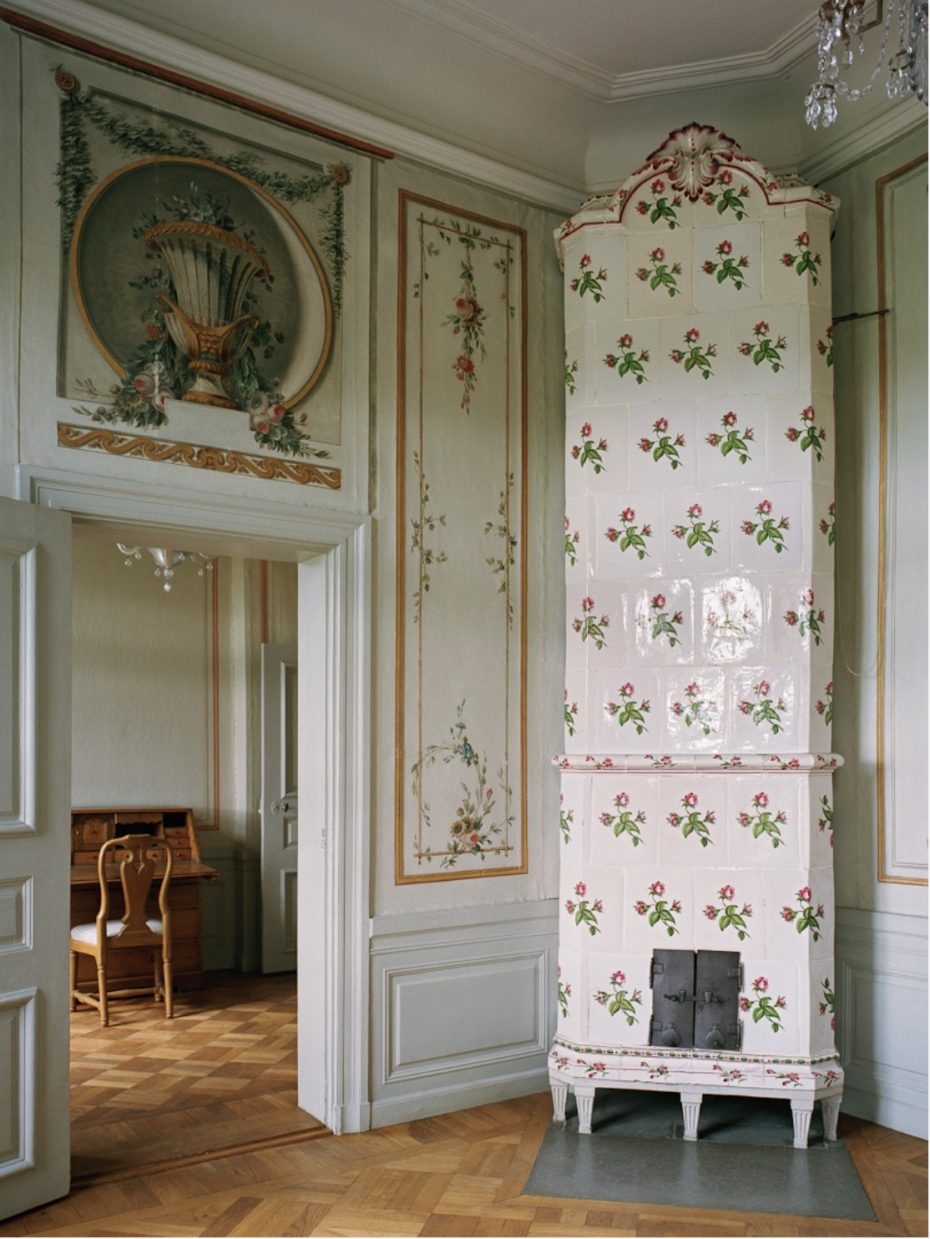
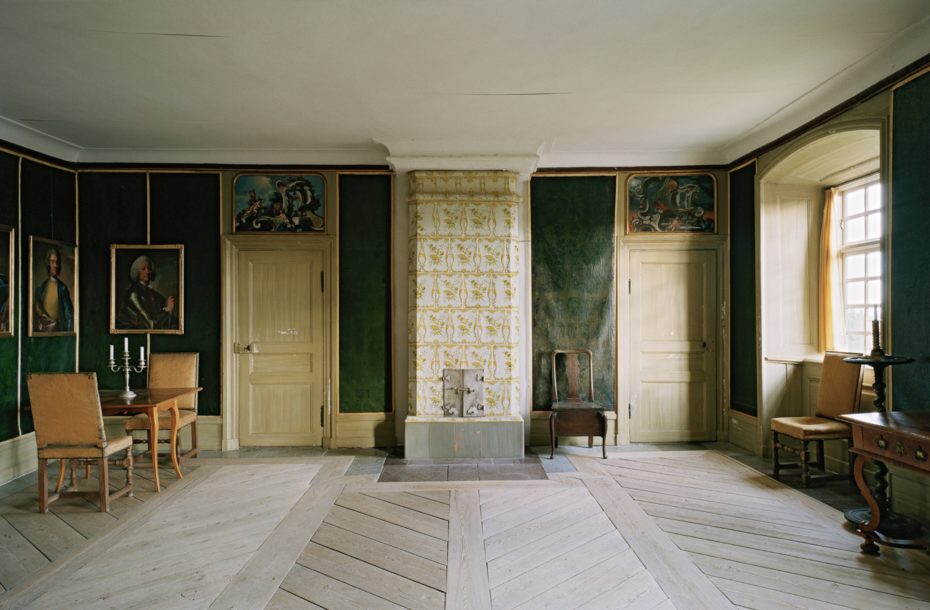
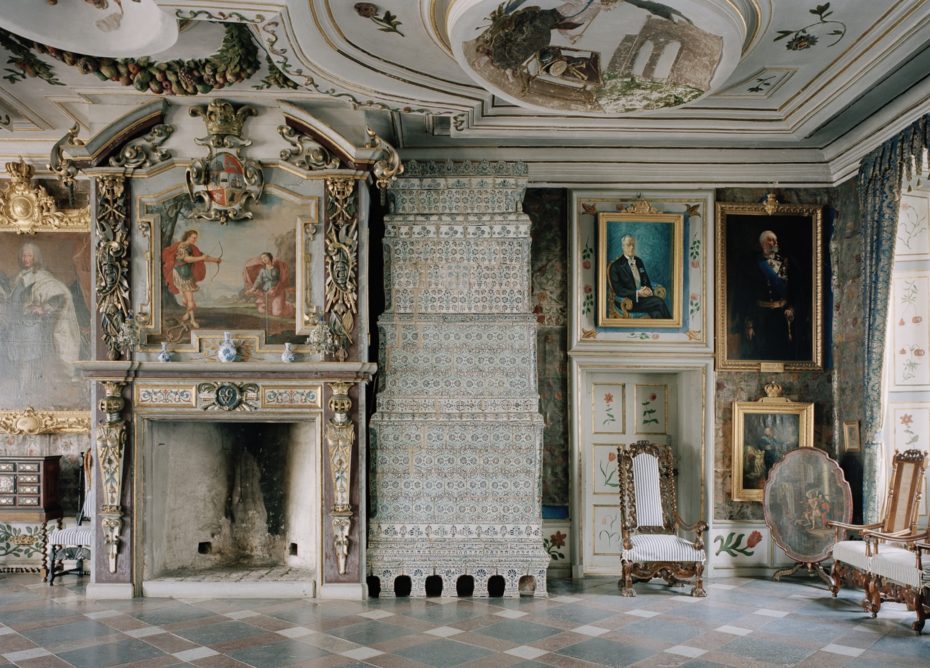
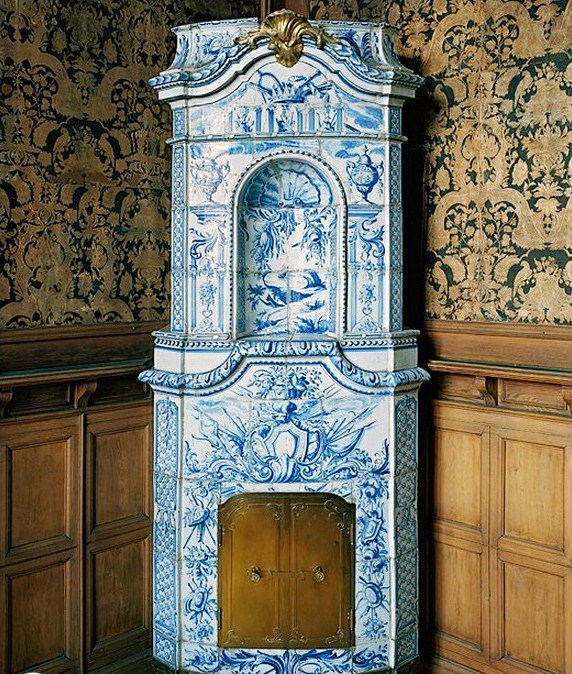
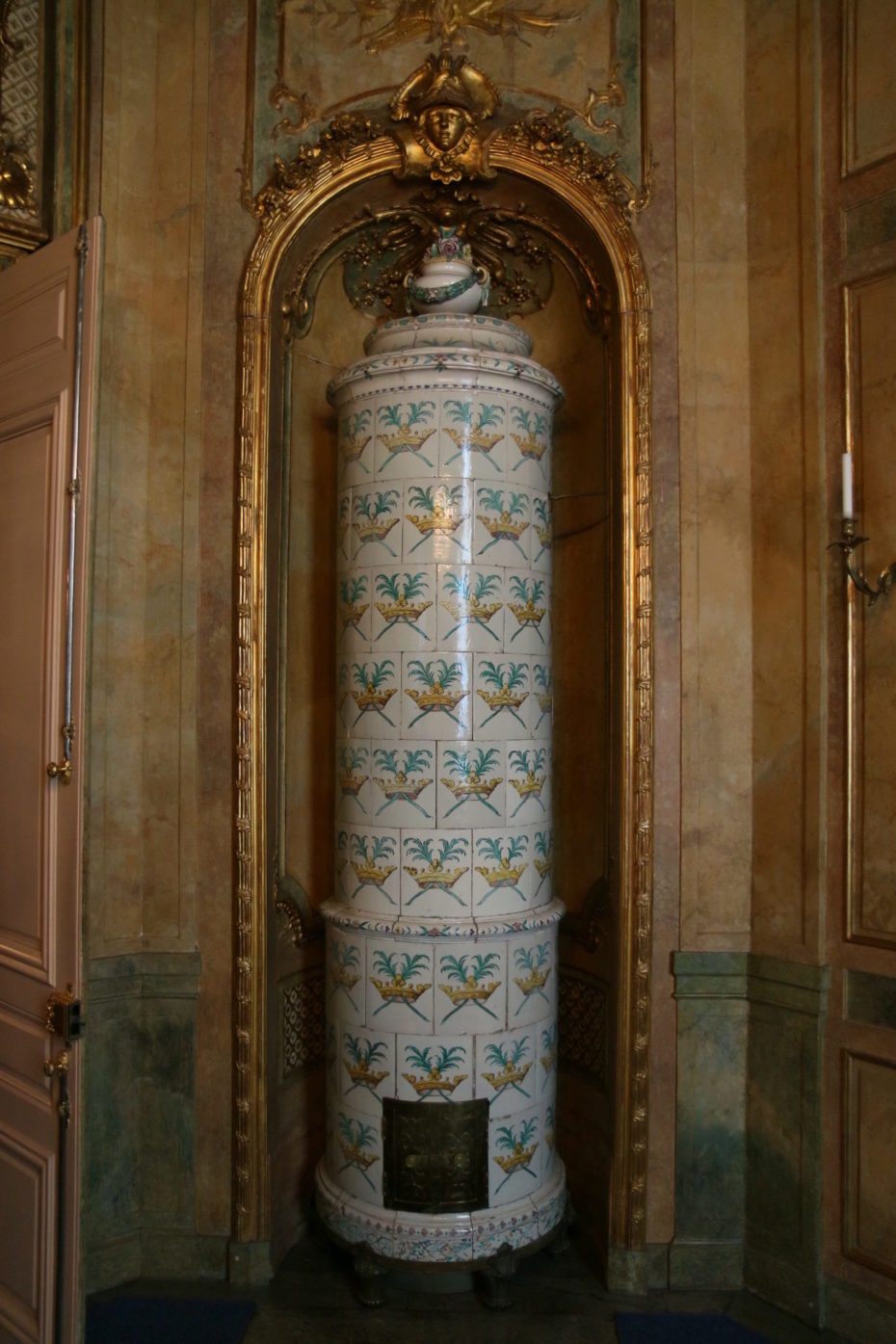
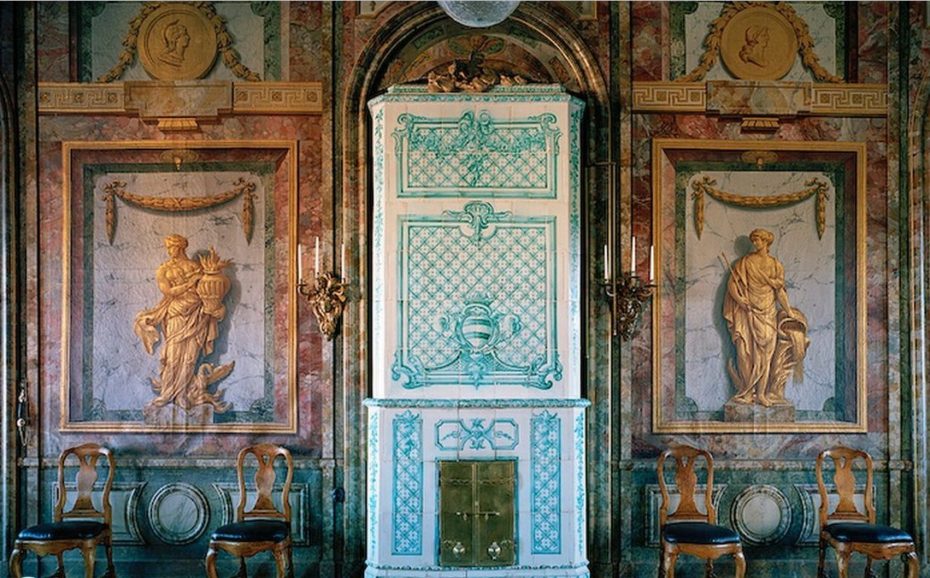
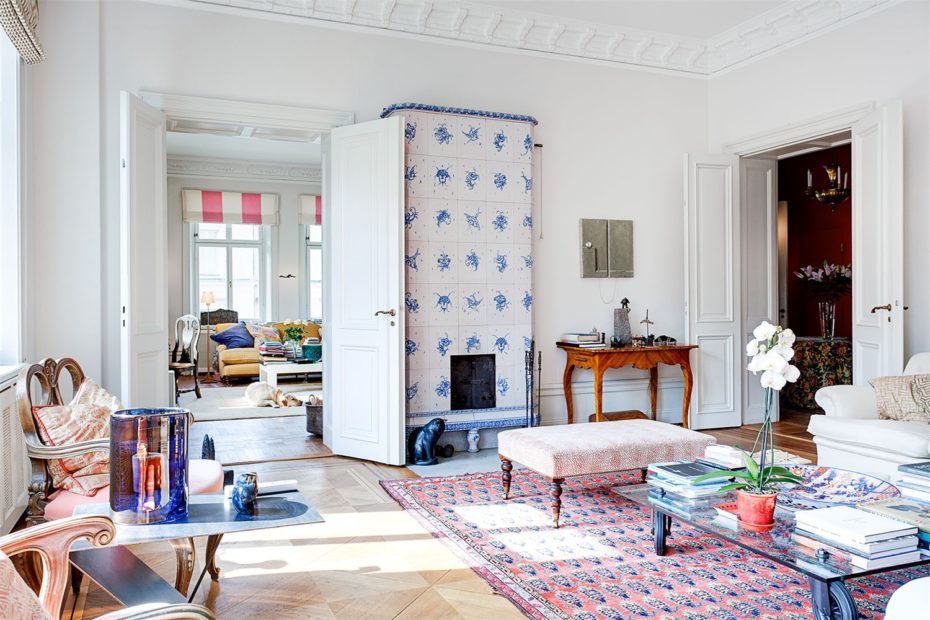
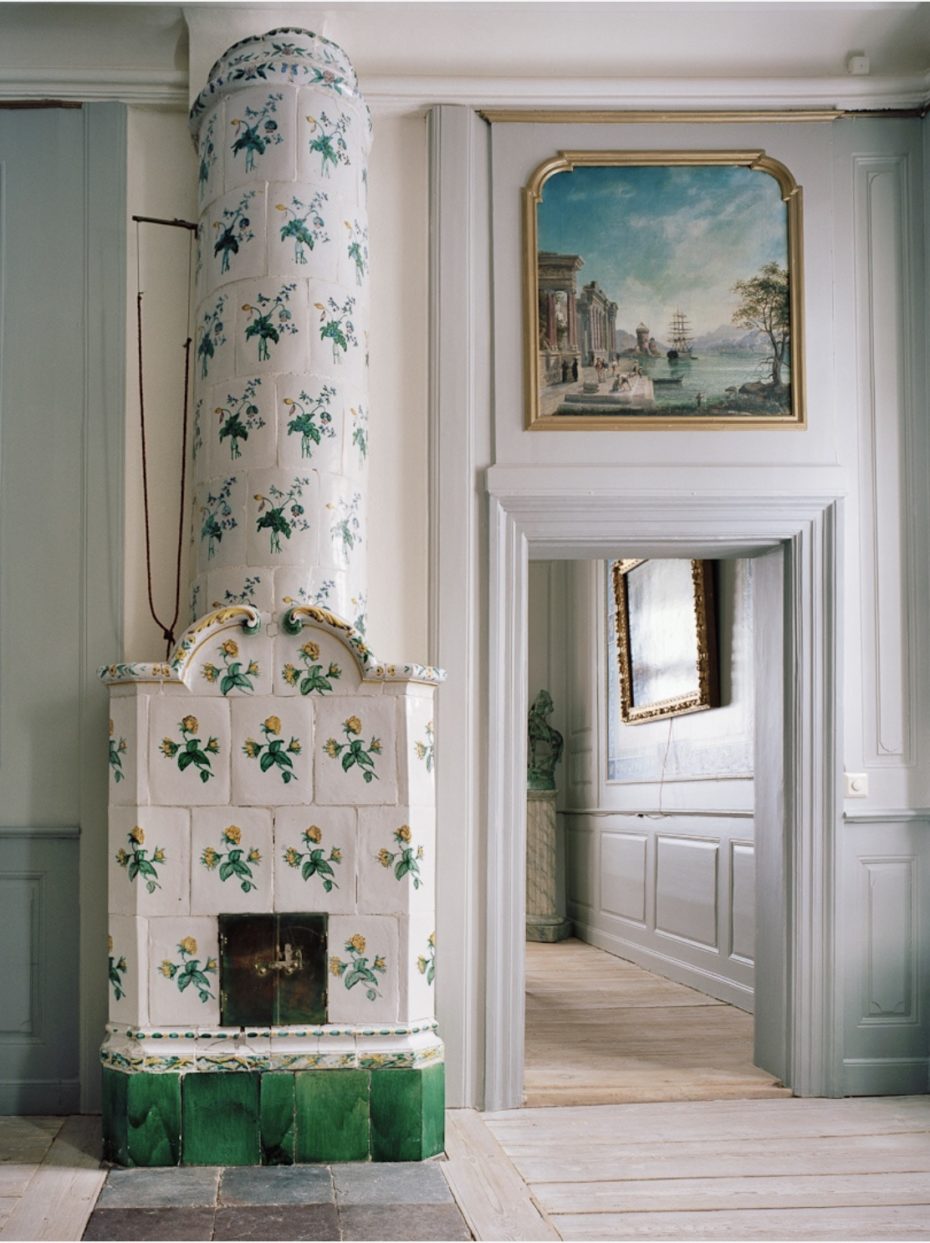
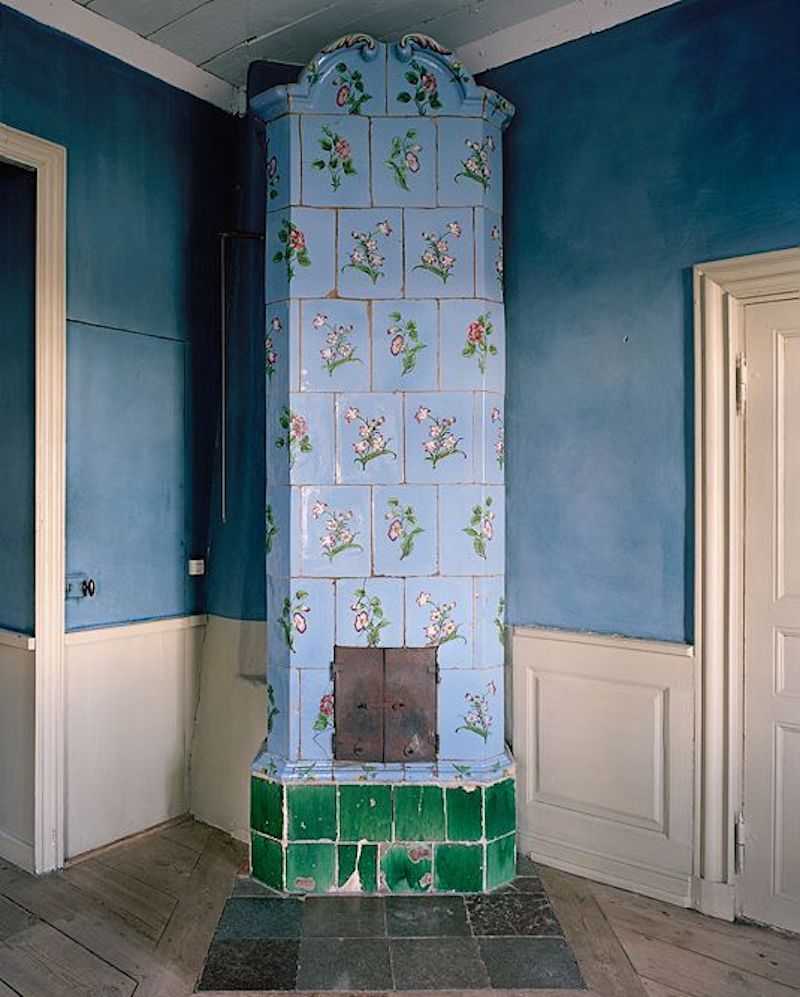
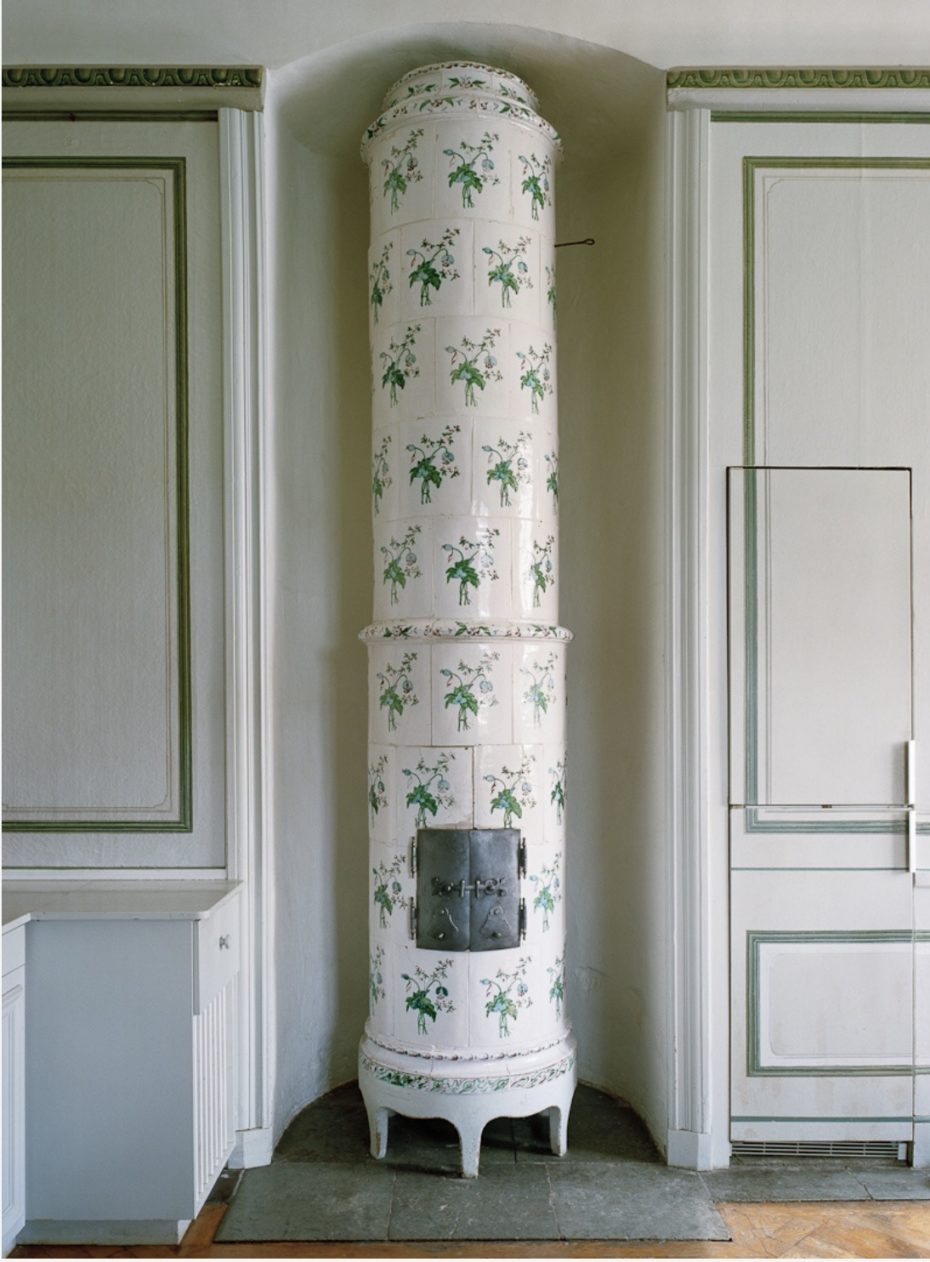
All images found on Pinterest.



